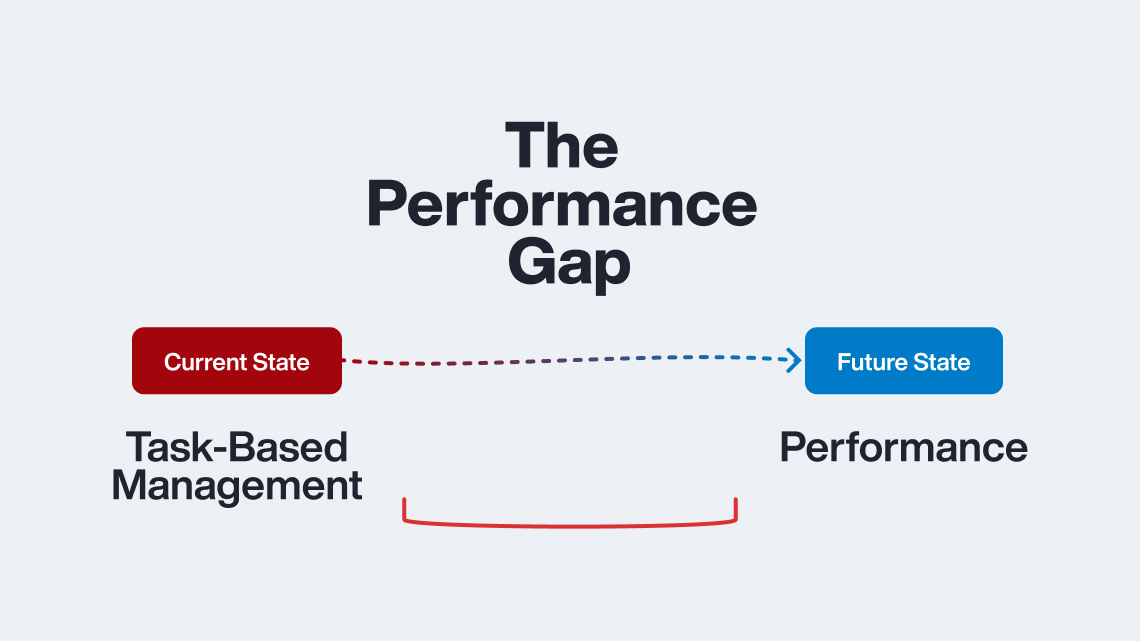Published on January 8th, 2021
By Paul Bergeron
To improve the efficiency of onsite staff and create better visibility for the executive team, top multifamily businesses are turning to data. Not only does data help property management teams to make better informed decisions, but it also enables them to predict future success.
Providing your team good data is no easy feat. According to a John Burns and AppFolio report, 80% of property managers say it is challenging to access the data and insights they need.
With properties and teams dispersed across different regions, having consistent access to data becomes even more challenging. If teams are spending time on manual double entry or are juggling different solutions, the risk of that data being incorrect also grows.
When the source data is questionable, companies must spend valuable time manipulating it just to understand, retrospectively, what has happened at a high level. This leaves little time to spend on higher-level analysis, such as performance against benchmarks, insights into root causes, or predictive recommendations, which are all necessary ingredients to quickly make data-driven decisions.
How To Break Analysis Paralysis
As property management businesses begin to analyze data, many may feel overwhelmed by the sheer volume of information that’s out there. Cindy Clare, COO of Bell Partners, notes the importance of being cautious when analyzing data, “We have to be careful and make sure we don’t fall into data paralysis. If there is too much data, we might not know which way to go. A scattershot approach with technology is what can get a company into trouble.”
This predicament was discussed by Diana Norbury, CPM and Senior Vice President of Multifamily Operations for Pillar Properties, and others at Apartmentalize, the annual conference hosted by the National Apartment Association.
Norbury says she spends a lot of time asking questions about what her company is trying to achieve so that she can create metrics to disseminate down to the team, and make sure she is hitting her goals and is working efficiently.
“Oftentimes, that process is messy and not perfect, but so long as you are doing it regularly and doing it over and over, you look back and see how it did help you and you accomplished a lot,” she says. “You just have to be consistent.”
According to a recent article by the National Apartment Association, it’s essential to consider digital intensity — the degree to which a business applies the forms of information technology to their business — and transformation management, which is how well an organization adapts to change. The article also states, “To become more mature in these two arenas, property managers must invest in the people, processes, and technology that support digital intensity and transformation management. Calculating the ROI of those investments is critical.”
Gino Ferro, Vice President of Ancillary/Procurement at Bridge Property Management, says operators should aim to measure all of the quantitative and qualitative data they can, “Use the quantitative and qualitative pieces together and find the right balance for your business.”
With more and more data and analytical capabilities, machine learning becomes possible and its ability to improve its projections over time is what helps property managers to have more confidence in their decisions and avoid analysis paralysis.
The Value of a Comprehensive Data System
Along with the need to understand the data that’s out there, multifamily businesses need to leverage software with built-in data analytics if they want to stay competitive. Overall, having a comprehensive software platform can help ensure data accuracy and consistency and prevent misinformation or error.
Donna Block, President of Lux Communities, says that the data-rich reports that are generated by AppFolio have created an abundance of efficiencies within her team. “We are able to quickly identify any area of the business that is in need of a closer look or a new strategy,” she says. “Data is essential in making business decisions, and AppFolio’s reports allow us to see our data accurately and quickly.”
Similarly, Tony Curi, Director of Residential Property Management at Bear Property Management, says the insight component in AppFolio Property Manager Plus has enabled his team to collect data they may not have been able to find elsewhere, “It allows us to capture certain data that otherwise would involve a very manual and tedious entry process that perhaps is inaccurate,” Curi says. “Now, we’re able to decide exactly what information we’re looking for on a monthly basis. And it’s made a tremendous impact, because now we can confidently use data on a regular basis to make decisions.”
Tyler Holloman, Owner of Frontier Property Management, says data collection and review is crucial to his operational decision-making. “We utilize AppFolio’s scheduled report features to help automate and deliver reports to our key decision makers,” Holloman says. “We also have several customized reports we use to help us find the information we need to guide discussions regarding changing policies and procedures and to evaluate overall leasing effectiveness.”
Specifically, regarding leasing, he says the Prospect Source Tracking report within AppFolio is highly informative. He changed his company policies so that all leads — even those by phone — are entered as a guest card so that he can track the lead source and conversion rate through this report in AppFolio.
“We use this information to make marketing suggestions to our owners based on where our leads are coming from, and this helps us to ensure that we’re spending marketing dollars in the most efficient way possible,” Holloman says.
It’s clear that data is the next big thing in the property management industry. Those who see the value data provides and embrace comprehensive technologies with built-in data analytics will end up reaping the benefits in the long run. Not only will they be able to make more informed decisions about their business, they will be able to streamline processes and boost efficiency.
To learn more about how data can transform your business, take a look at this article, 3 Ways Mobile Access to Real-Time Data Helps You Maintain Business Continuity.









Comments by Paul Bergeron